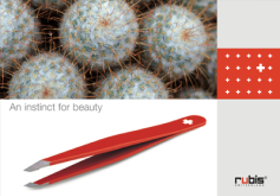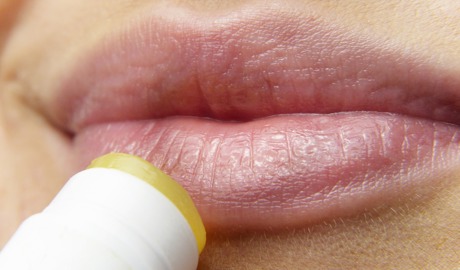Tweezers – a small tool with a big history

Ancient origins – medicine meets beauty
Tweezers were already in use in the early advanced civilisations of Egypt, Greece and Rome – initially mainly in medicine. But beauty was not neglected either: Roman women appreciated this precise tool when it came to plucking their eyebrows or removing unwanted body hair.
The Middle Ages – between retreat and routine
In the Middle Ages, religious and cultural influences caused personal hygiene to take a back seat in many parts of Europe. Tweezers remained in use as a medical instrument, albeit less so in the field of beauty, for example to remove splinters or foreign bodies.
Renaissance – when fashion takes shape
With the flourishing of the arts and aesthetic awareness during the Renaissance, tweezers also made a comeback in private boudoirs. The nobility and wealthy circles once again attached great importance to well-groomed eyebrows and a flawless appearance – and often had artistically crafted tweezers made for this purpose.
Industrial Revolution – Precision becomes part of everyday life
In the 18th and 19th centuries, manufacturing underwent a transformation: tweezers were now produced on a larger scale by machine, making them accessible to broad sections of the population. Materials such as stainless steel were introduced, and shapes and tips became increasingly specialised. The slanted tweezer we know today became the standard during this period.
Today – Design Meets High Tech
In the 21st century, tweezers have long been more than just a tool for eyebrows. They are used in medicine, electronics, cosmetics and, of course, in private bathrooms. Thanks to social media, awareness of precision beauty tools has increased – tutorials, reels and skincare routines celebrate tweezers as the little stars of everyday life.
Our contribution to history
As a manufacturer of high-quality tweezers, we see ourselves as part of a long tradition – and at the same time very much in the present. With modern design, Swiss craftsmanship and an eye for quality, we develop tools that are not only functional but also stylish.
Because even after centuries, the same still applies: good care begins with the right tools.












